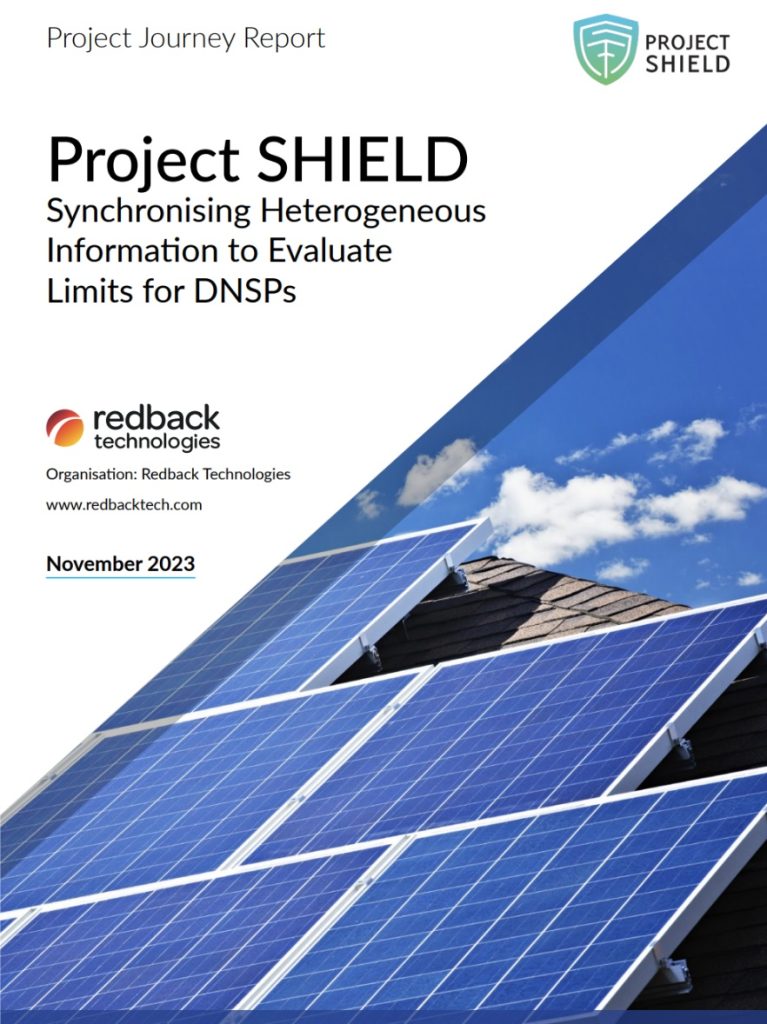Project SHIELD’s final report summaries the teams pioneering development of a cost-effective, data-driven approach for enhancing low-voltage network visibility. The project used data from heterogenous network and non-network sources, which has boosted opportunities to integrate renewables into Australia’s electricity networks.
Report extract
 The Project SHIELD initiative, launched in January 2020, aimed to provide Distribution Network Service Providers (DNSPs) in Australia with enhanced network visibility using available data and minimal additional monitoring devices. However, the project encountered multiple external challenges, including pandemic-related disruptions, adverse weather events, labour market dynamics, and supply chain shortages, which impeded progress. Despite these hurdles, the project team persevered, leading to significant alterations in the project’s scope and funding structure.
The Project SHIELD initiative, launched in January 2020, aimed to provide Distribution Network Service Providers (DNSPs) in Australia with enhanced network visibility using available data and minimal additional monitoring devices. However, the project encountered multiple external challenges, including pandemic-related disruptions, adverse weather events, labour market dynamics, and supply chain shortages, which impeded progress. Despite these hurdles, the project team persevered, leading to significant alterations in the project’s scope and funding structure.
Initially addressing the lack of network visibility due to the surge in distributed energy resources (DER), Project SHIELD sought to create a solution using diverse data sources, offering insights into low voltage network capacity. This approach aimed to support increased renewable energy generation without compromising network safety. The collaboration included Luceo, the University
of Queensland, GridQube, Energy Queensland, and Essential Energy, focusing on data sharing and innovative technology solutions.



